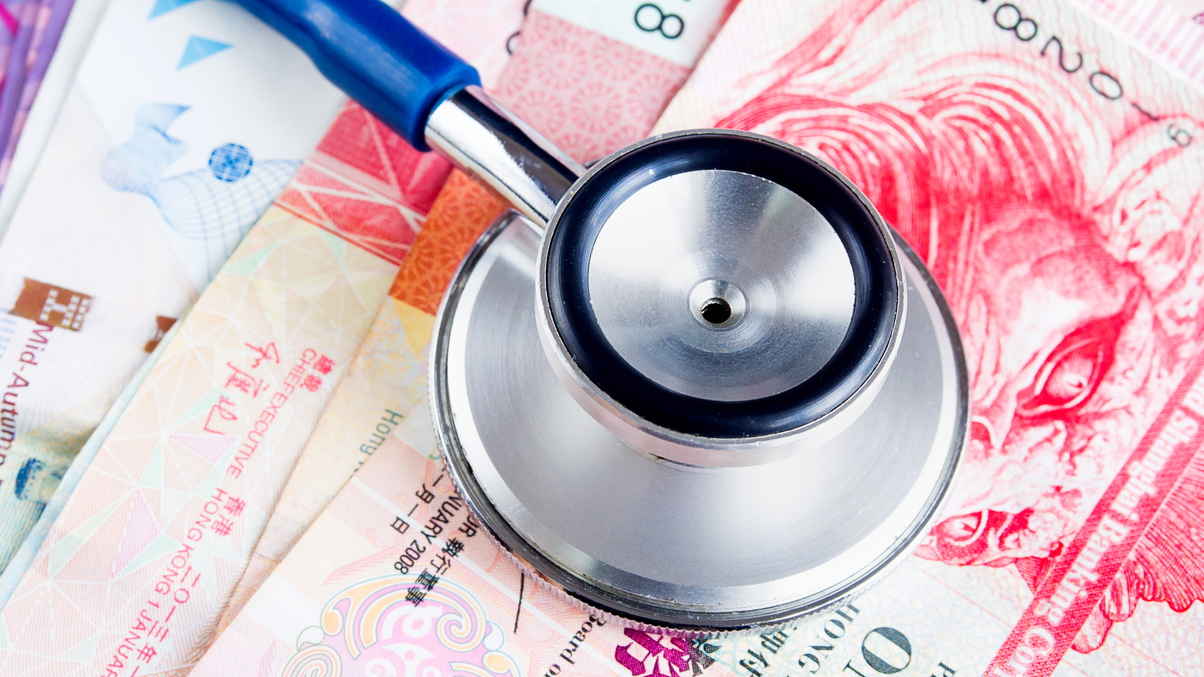partner content
Asset owner survey: turning more cautious on HKD bonds
There is continued appetite for this asset class as a portfolio tool for investors to achieve specific goals such as matching liabilities and avoiding currency risk. But greater choice, more liquidity and higher yields are in growing demand.

Amid lingering doubts over global economic growth and geopolitical stability in 2020, certain Asia-based asset owners continue to derive various benefits from holding Hong Kong dollar (HKD) bonds.
Sign in to read on!
Registered users get 2 free articles in 30 days.
Subscribers have full unlimited access to AsianInvestor
Not signed up? New users get 2 free articles per month, plus a 7-day unlimited free trial.
¬ Haymarket Media Limited. All rights reserved.


